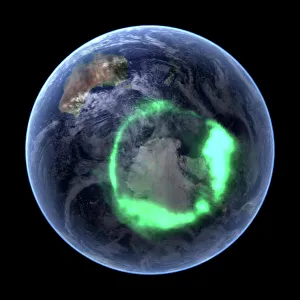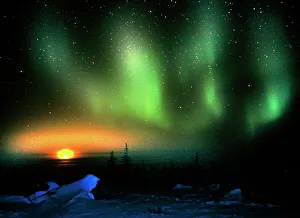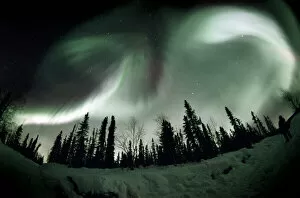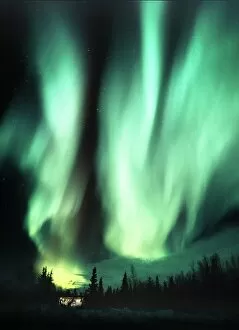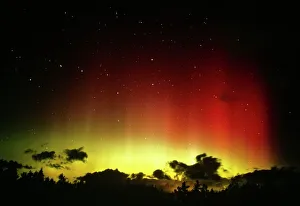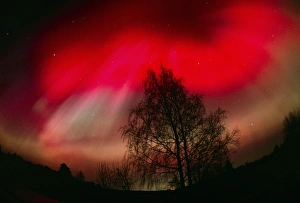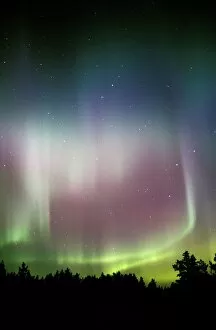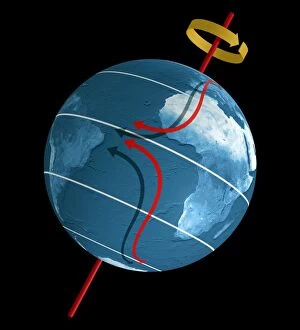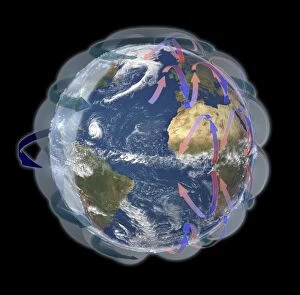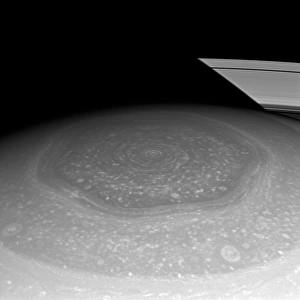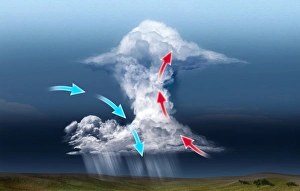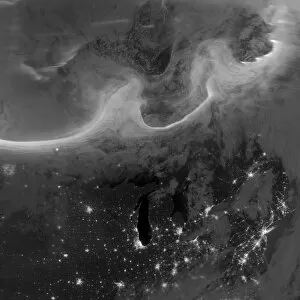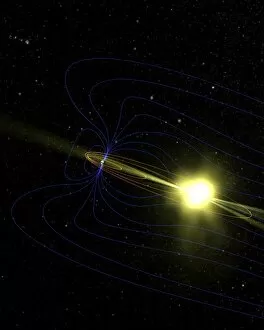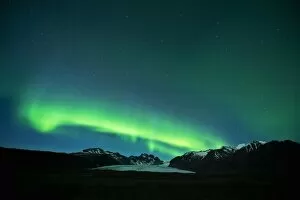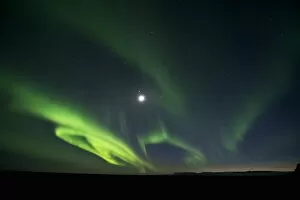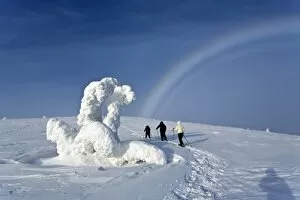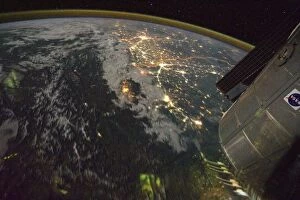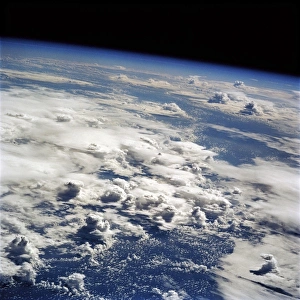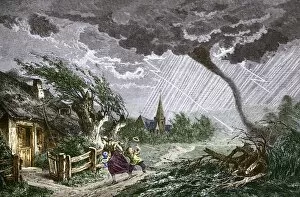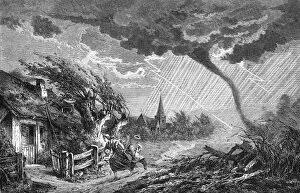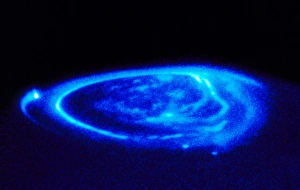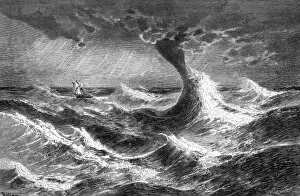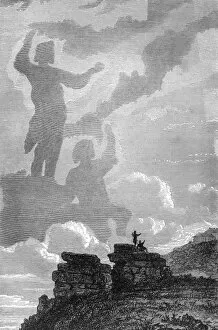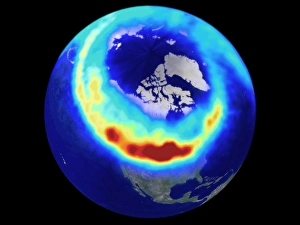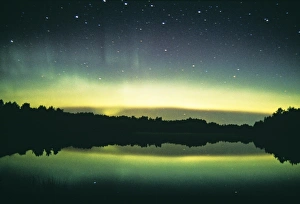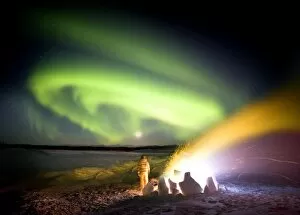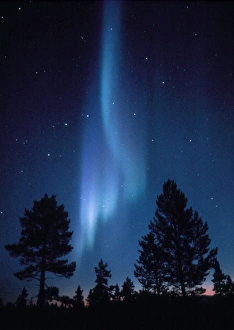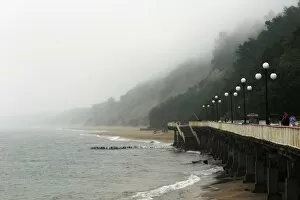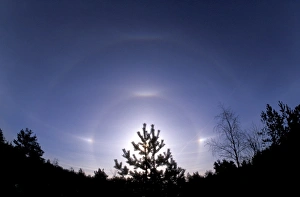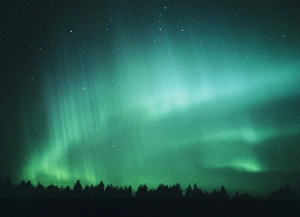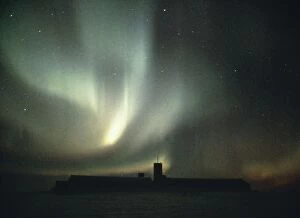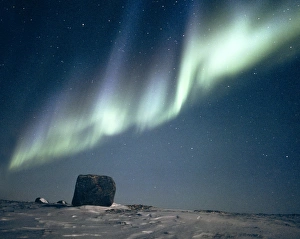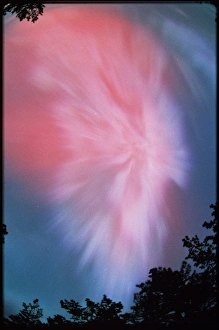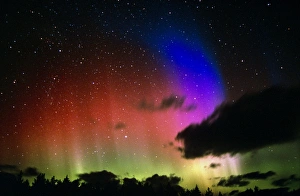Atmospheric Phenomenon Collection
Witness the breathtaking beauty as nature paints the sky with vibrant hues
All Professionally Made to Order for Quick Shipping
Witness the breathtaking beauty as nature paints the sky with vibrant hues. In a remote corner of Antarctica, an ethereal display unfolds - an Aurora over Antarctica captured by a satellite image, illuminating the icy landscape below. Moving northward, we find ourselves in awe of the celestial dance between the Aurora borealis and the setting Moon. The night sky becomes alive with shimmering curtains of green and purple, intertwining gracefully above us. As we venture deeper into Alaska's wilderness, another enchanting spectacle awaits - an extraordinary show put on by Mother Nature herself. The mesmerizing Aurora borealis takes center stage once again, casting its spell upon all who bear witness to its magnificence. Against a backdrop of Ursa Major constellation, this celestial ballet leaves us humbled by its sheer grandeur. Each occurrence is unique and captivating in its own right; no two displays are ever alike. With every flicker and swirl across the night canvas, these atmospheric phenomena remind us that there is still so much magic left to discover in our world. So let your eyes wander upwards towards the heavens and be transported to a realm where reality blends seamlessly with dreams. Allow yourself to be captivated by these natural wonders that paint our skies with their radiant colors - for it is within these moments that we truly understand how small we are in comparison to the vastness of our universe. In this symphony of light and motion, time seems suspended as we become one with nature's artistry. Whether it be witnessing an Aurora over Antarctica or being awestruck by an unforgettable display in Alaska, each encounter reminds us that there is something greater than ourselves at play here – something beyond comprehension yet undeniably beautiful. So embrace these fleeting moments when Earth meets sky in perfect harmony; they serve as gentle reminders that even amidst chaos and uncertainty, there exists unparalleled beauty waiting to be discovered if only we take a moment to look up.

